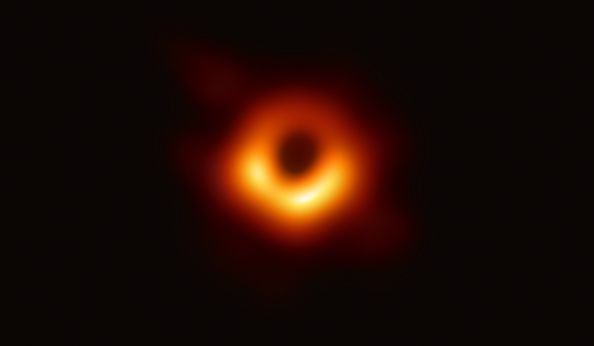Monster Black Hole Warning: How Scientists Were Alerted About Unusual Gamma Radiation Signal

The discovery of a “monster Black Hole” supposedly triggered a major warning that has left scientists all over the world scrambling to assess the issue.
According to a report, a YouTube series called Monster Black Hole said that on March 29, 2008, astronomers from all over the world received an alarming alert sent by the orbiter, Swift. “It had recorded a flash of gamma radiation, a kind of ultra-high energy light that is the signature of a cataclysmic event. Swift automatically relayed the information down to Earth and within seconds robotic telescopes in North and South America turn their gaze on the rising light. Astronomers dial into the data to see how bright and powerful the flash had become.”
Most of the scientists who became aware of the situation immediately worked on calculating the distance where the light came from. Giant observatories in Chile and Texas were said to have used specialized instruments that split the light into different wavelengths to know just how far the light has traveled to reach our planet.
The finding showed that it came somewhere that’s seven-and-a-half billion light-years away, practically halfway across the universe that we know of.
According to Tom Vestrand who heads a robotic telescope project at the Los Alamos National Lab in New Mexico and who has been tracking high-energy gamma-ray bursts for more than 10 years, he has never seen anything like the flash of light detected by the Swift orbiter.
“It was the most luminous thing ever detected by mankind. Traditionally we think of astronomy as something that happens very slowly, but this was a thing that had been traveling to us for 7.5 billion years. Arrived here and for 30 seconds it was astonishingly bright minutes later meaning it was still showing signs of saturation,” Dr. Vestrand said.
“It was so bright that it was visible to the naked eye. Putting together evidence from ground and space telescopes, astronomers determined that the flash was a narrow but intense beam of light. Most likely it broadcasted the birth of a black hole. This singular moment is the endpoint of a violent chain of events in the core of a large star.”
This gamma light eventually resulted in the first-ever photo taken of a black hole. The video went on to further explain that a team of Japanese scientists using the Atacama Large Millimetre Array (ALMA) telescope was able to capture the details of an unknown structure that was located in the center of our Milky Way.
What’s more, they also surmised that several other black holes are “hidden” around our galaxy and that these could eventually combine to form supermassive black holes in the future.
© Copyright IBTimes 2025. All rights reserved.





















